- News
- Subscribe

Get full access to The Motorship content
Including the digital magazine, full news archive, podcasts, webinars and articles on innovations and current trends in the shipping industry.
- Expert analysis and comment
- Unlimited access to in-depth articles and premium content
- Full access to all our online archive
Alternatively REGISTER for website access and sign up for email alerts
- Special Reports
Ammmonia
Methanol
BioFuel & Clean Diesel
Nuclear
LNG
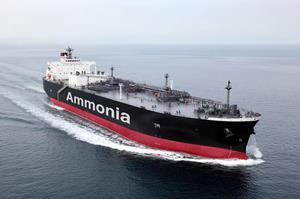
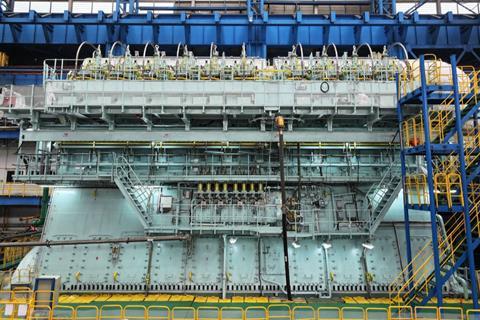
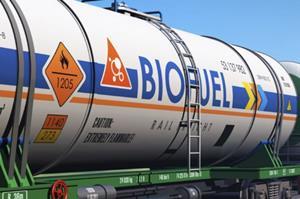

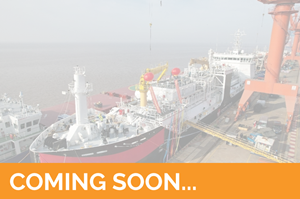
Using an abundant, if toxic, resource to power the maritime fleet. A mature future fuel already in use - but will it become dominant? Numerous NGOs protested against the IMO earlier this year putting biofuels in its Global Fuel Standard, but the “fuel versus food” debate seems to have been solved by deriving fuels from waste. Technically the cleanest possible fuel source available to the maritime world and one that has the longest history, dating back to the 1950s. Why is it not in common, non-military use? LNG is currently the most popular lower carbon fuel, but with bio and e-LNG it could move beyond its current transition fuel status supported by extensive existing infrastructure. Read More Read More Read More Read More Read More
- Industry Database
- Events

Propulsion & Future Fuels Conference 2025
The Motorship’s Propulsion & Future Fuels is the leading international conference on powering shipping’s emissions-cutting ambitions.
The 2025 Conference will take place from 25th - 27th November in Hamburg, Germany and will offer a meeting place to learn, discuss and knowledge-share the latest developments in efficient power and propulsion technology plus alternative low flashpoint and low carbon fuels.
Click here for more information
Opinion: Dawn of the Ammonia Age

This morning’s announcement by Wärtsilä that it is was adding a dual-fuel engine capable of operating on ammonia to its product portfolio is a stunning technical achievement.
The introduction of a new alternative fuel into the maritime fuel mix has previously been likened to manned space travel. “Introducing a new fuel is like space travel – to get to Mars, you do not have to fix one problem, but all of them,” GTT’s Julien Bec, Vice President, LNG as Fuel, told me in 2020, when discussing hydrogen combustion.
Sadly, there are no David Bowie songs waiting to accompany footage of this morning’s announcement - and the decline in technical literacy among the mainstream media means few outside the industry will appreciate the scale of this achievement.
Regular readers of The Motorship’s coverage of research into ammonia-fuelled engine technology over recent years will know that ammonia-fuelled combustion has required the development of solutions for the ammonia containment and fuel supply systems, the fuel injection system, the engine’s lubrication requirements, component material choices, the aftertreatment system, turbocharging solutions and efforts to limit the emissions profile (including minimising nitrous oxide, N2O, formation). These efforts have required sustained research and development work from suppliers as well as Wärtsilä’s engine development team.
However, it would be churlish not to recognise the combustion challenges that have been overcome. Ammonia as a fuel presents technical challenges for engine designers as it is both harder to ignite and slower burning and has a lower energy density than fuel oil, requiring larger fuel injection volumes.
For Wärtsilä to deliver an engine capable of delivering similar power output to that offered by its existing natural gas engine is a testament to Wärtsilä’s engine development engineers. It also lays down a strong challenge to other 4-stroke developers who are currently developing their own alternatives. Wärtsilä’s reluctance to discuss just how they overcame these challenges is more than than customary Finnish modesty.
Continue this article…
Already subscribed? SIGN IN now
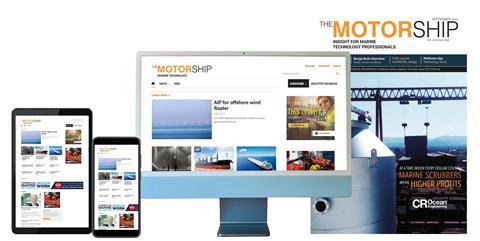
Register for a FREE one-month trial to continue this article
Want to read more before deciding on a subscription? It only takes a minute to sign up for a free account and you’ll get to enjoy:
- Weekly newsletters providing valuable news and information on the shipping sector
- Full access to our news archive
- Live and archived webinars, podcasts and videos
- Articles on innovations and current trends in the shipping industry
- Our extensive archive of data, research and intelligence
Get more free content sign up today
Ready to subscribe? Choose from one of our subscription packages for unlimited access!


